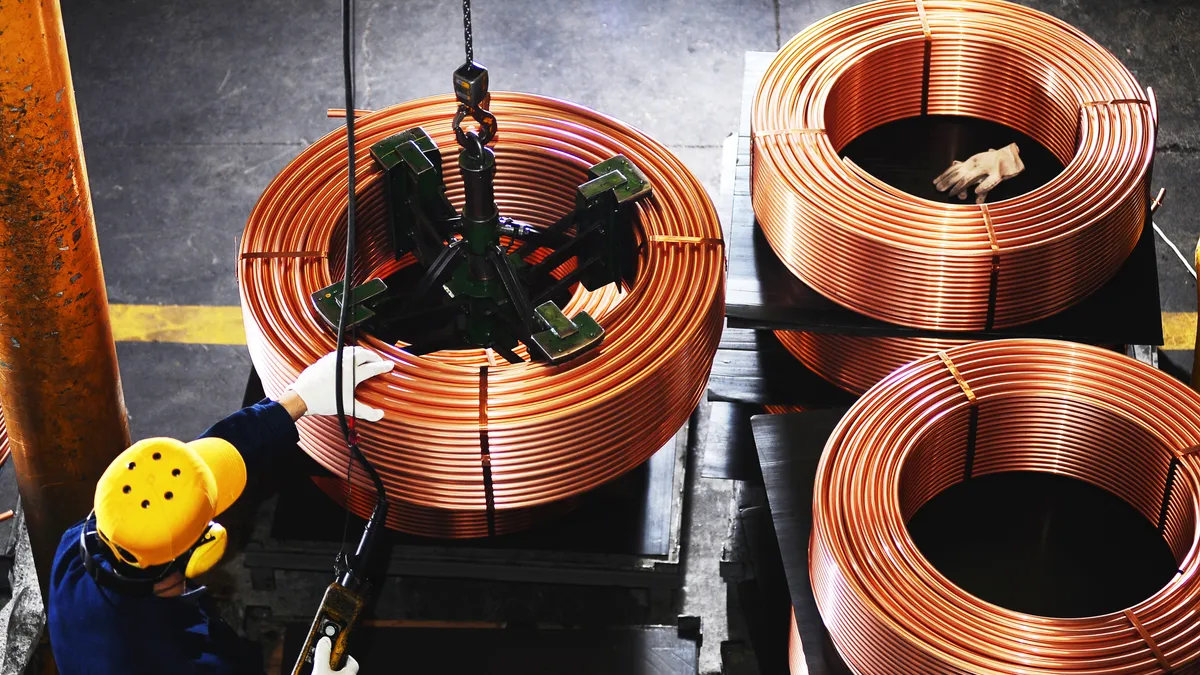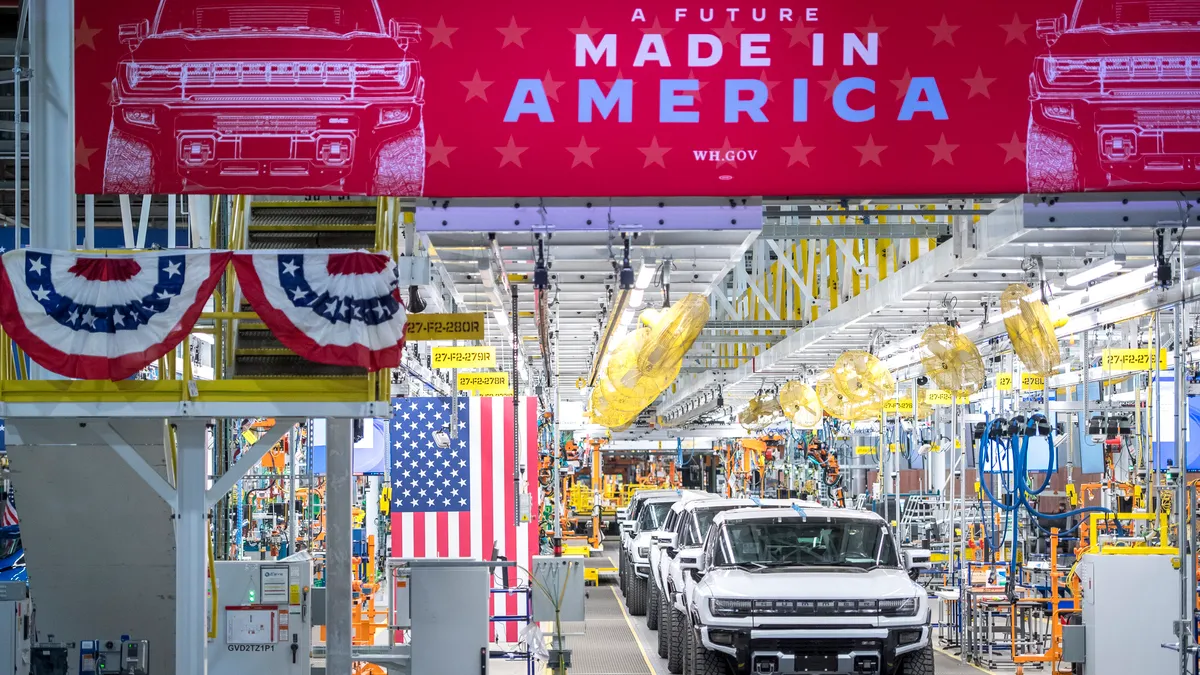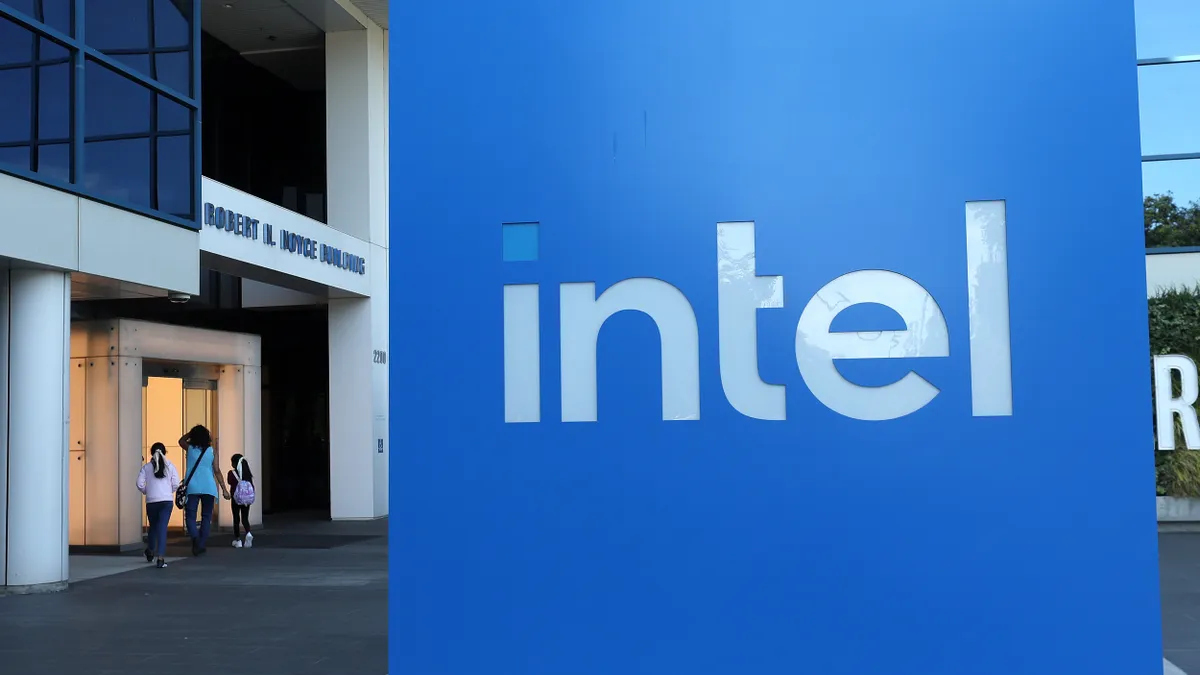The cost of energy has become a growing concern for manufacturers. COVID-19 and Russia’s war against Ukraine have brought the impact of geopolitics on energy costs to the forefront for many companies. Meanwhile, interest in renewable energy sources has surged, spurred in part by the fight against climate change.
As a result, manufacturers are weighing potential strategies for reducing energy costs amid the shift in availability and the push for clean sources. These strategies include simple adjustments, like ensuring that facilities are properly sealed, but also more ambitious goals, like securing government grants to install solar panel technology.
Some of these strategies are easier to pursue than others, and, as Kevin Krot, the head of mobility and industrial products at Maine Pointe, explained, sometimes require much more advanced planning.
“When considering energy-related projects or partnerships, manufacturers should assess the reliability and long-term viability of their suppliers,” Krot said in an email. “Dependence on specific energy-saving solutions or providers should be evaluated to ensure long-term sustainability.”
Another critical caveat is that energy costs can vary depending on the type of manufacturer, and they’re not necessarily a major expense for some firms, said Nick Pinkston, a manufacturing entrepreneur who currently serves as the founder and CEO of Volition, a marketplace for industrial components. Supply chain-related costs, might be a particular focus for some manufacturers.
“A bridge is all steel and concrete, which [require] extreme amounts of natural gas and coal to complete — and maybe electricity,” Pinkston said. “That's not true of say, a fine watch where there's barely any energy put in, but there's a lot of capital equipment cost.”
Conduct an energy audit
Manufacturers should first perform an energy audit to better understand a facility’s energy usage, said Patrick Penfield, a professor of supply chain practice at Syracuse University. Such an audit might include information about utility costs and provide insight into which machinery uses the most energy within a facility.
“Once they've done that, then they can go through and really look at their whole facility and really focus on what is using the most energy first and then working your way down,” Penfield said.
The scheduled use of different machinery can impact overall energy costs, so operating during non-peak times, such as during second and third shift times, can help cut down on expenses, Krot said. Meanwhile, new technology could provide manufacturers with even further insight.
In the longer term, manufacturers can also consider implementing energy management systems that would allow a company to understand and monitor energy usage across a facility, Krot added. More advanced versions of this software might take advantage of machine learning AI, predictive analytics and sensors to automate aspects of this process.
Revamp equipment and insulation
Updating some equipment might help with reducing energy costs, Krot said. For example, replacing lighting fixtures with LED bulbs can cut down on electricity costs and reduce the need to replace lighting fixtures in the future — since LED bulbs tend to have a longer lifespan.
Improving insulation can help, too. Heating and cooling equipment contribute significantly to manufacturers’ energy costs, he said, and better insulation can reduce the need for excessive use of HVAC equipment.
The National Institute of Standards and Technology has recommended evaluating facilities for potential leaks, which may be caused by issues with minor components. This can include equipment such as compressed air systems that could be leaking, which could lead to a 20-30% loss in a compressor’s output.
Transition to renewable energy
One of the best strategies for reducing energy costs in the long term is transitioning to renewable sources of power. Some manufacturers are pursuing renewable energy not as a cost-saving strategy, but as a marketing play, said Violition’s Pinkston.
“It's more of a marketing thing where you can even advertise as a green producer, and maybe get clients where they need to do that,” he added.
Still, other manufacturers are turning to solar panels and wind turbines to cut down on their energy bills, Penfield said.
Implementing these technologies can be expensive in the short term. In any energy-saving strategies, manufacturers must factor in operational disruptions created during system installations, added Krot. There are regulatory compliance obligations, as well as potential performance trade-offs when switching technologies.
Still, Penfield said there are still ways to make transitioning to renewable energy more affordable. The Inflation Reduction Act, for examples, includes possible tax credits for companies that engage in clean energy manufacturing.
“Try and look to see if there's incentives from state governments [and the] federal government to see if that could help you implement renewable energy sources,” Penfield said. “That's another way to save money.”


















